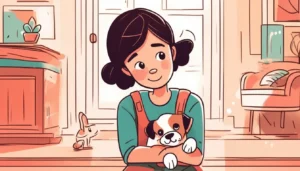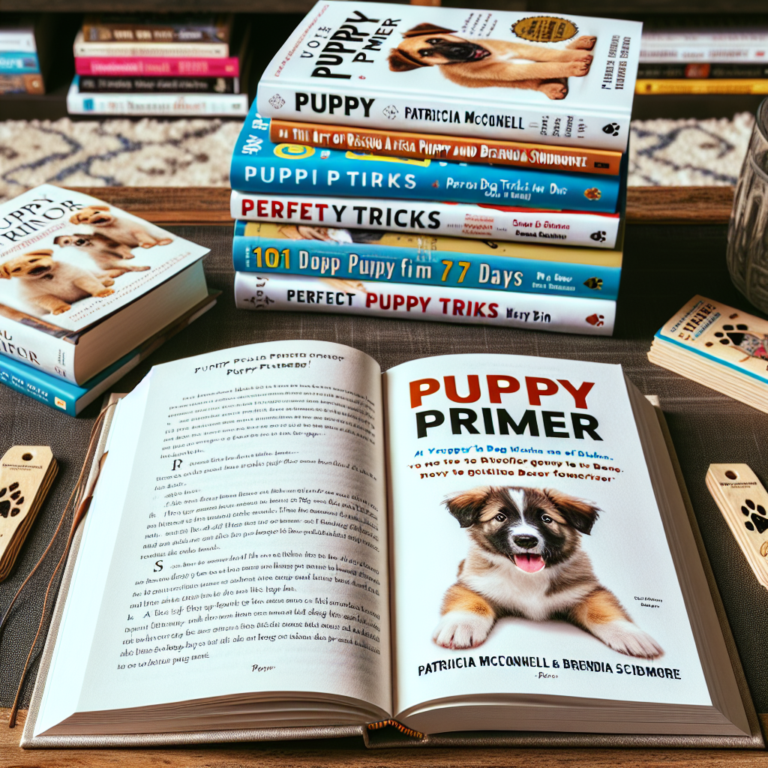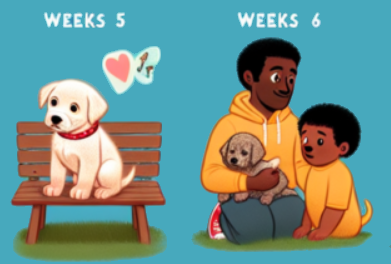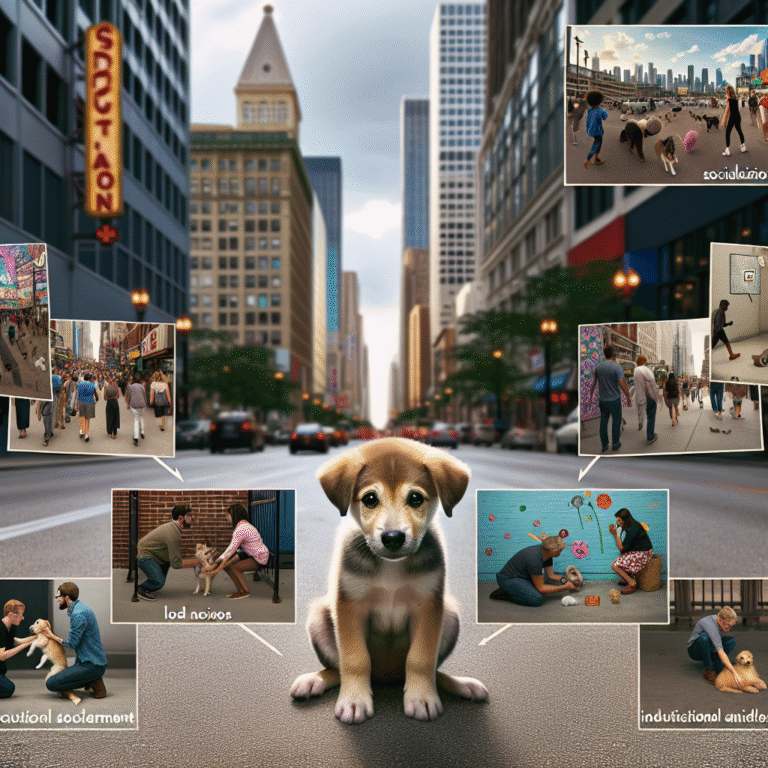Socializing your puppy is a crucial step in ensuring they grow into a well-adjusted and confident adult dog. The socialization process involves exposing your puppy to various experiences, environments, and individuals to help them adapt to the world around them. However, many pet owners unknowingly make common mistakes during this process. Avoiding these errors is essential to prevent behavioral issues and anxiety in your pet in the future.

Understanding Puppy Socialization
Puppy socialization is the process of accustoming your puppy to new sights, sounds, smells, and experiences to build their confidence and reduce fear. The critical period for effective socialization typically occurs within the first three months of a puppy’s life. The goals of socialization are to help puppies become unafraid in various situations, thus setting a foundation for a content and adaptable life.
Mistake 1: Delaying Socialization
Beginning socialization early is vital, as puppies are most receptive to learning during their early weeks. Delaying socialization can lead to prolonged issues like fearfulness and aggression, which can be hard to reverse later. Start safely by introducing your puppy to new environments and situations gradually to help them feel secure and confident.
Mistake 2: Overwhelming Your Puppy
Recognizing when your puppy is overwhelmed is key to successful socialization. Signs of distress may include trembling, excessive barking, or trying to hide. Gradual exposure to new experiences is important to avoid overwhelming your pet. Moderate the pace by introducing one new experience at a time, allowing your puppy to adapt comfortably.

Mistake 3: Lack of Variety in Experiences
Providing a variety of socialization experiences is critical for well-rounded development. Puppies should be introduced to different sounds, people, and environments to reduce the risk of becoming anxious in unfamiliar settings. Plan diverse outings and activities in controlled environments to ensure your puppy encounters a wide range of social experiences.
Mistake 4: Ignoring Your Puppy’s Fear Signals
Understanding and acting upon your puppy’s fear signals is crucial. Common fear signals include tail tucking, crouching, and moaning. Pushing a puppy when they are scared can increase their anxiety and lead to long-term behavioral problems. Instead, comfort and reward your puppy for calmness, allowing them to approach unfamiliar stimuli at their own pace.
Mistake 5: Inconsistent Training and Reinforcement
Consistency is the backbone of effective socialization, as well as all training endeavors. Mixing inconsistent practices can confuse your puppy. Balancing socialization with other facets of training ensures a well-rounded upbringing. Employ positive reinforcement techniques such as treats and praise to encourage desired behaviors and boost your puppy’s confidence.

Mistake 6: Not Involving Other People and Animals
Socializing your puppy should include interaction with a variety of people and animals. These interactions teach your puppy to be friendly and confident around others. Introduce your puppy to different social settings gradually and ensure that these introductions are safe and supervised. Tips for success include organized playdates or visits to dog parks.
Mistake 7: Neglecting to Continue Socialization
Socialization is not a one-time effort but a continuous process throughout your pet’s life. Ongoing socialization contributes to a well-adapted adult dog. Integrate regular social activities into your puppy’s routine and be on the lookout for signs of regression. Addressing any signs of returning fearfulness promptly can mitigate potential behavioral issues.

Conclusion
Proper socialization sets the stage for a happy and well-adjusted puppy. By understanding and avoiding common socialization mistakes, you can provide your pet with the best start in life. Dr. Ian Dunbar, a renowned animal behaviorist, emphasizes, “Socialization is not simply exposing the puppy to tons of new experiences, but sensitively attuning to their responses to those experiences.” 🌟 Take these steps seriously and invest in further learning and training resources to curate the ideal environment for your furry friend’s growth.








